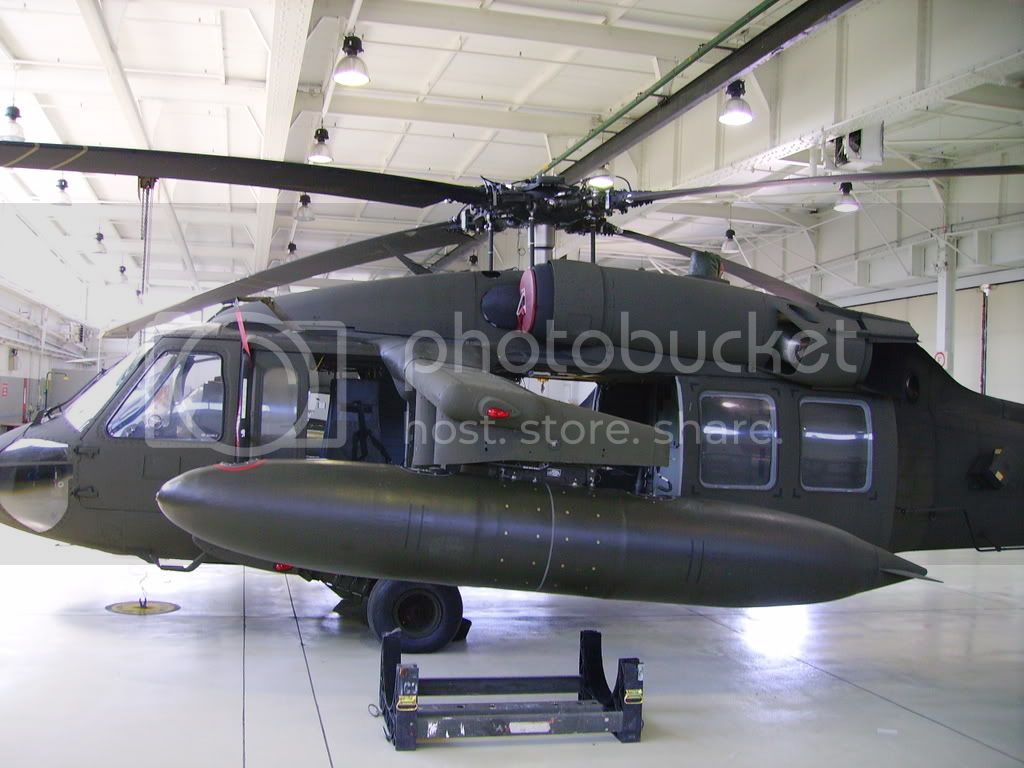
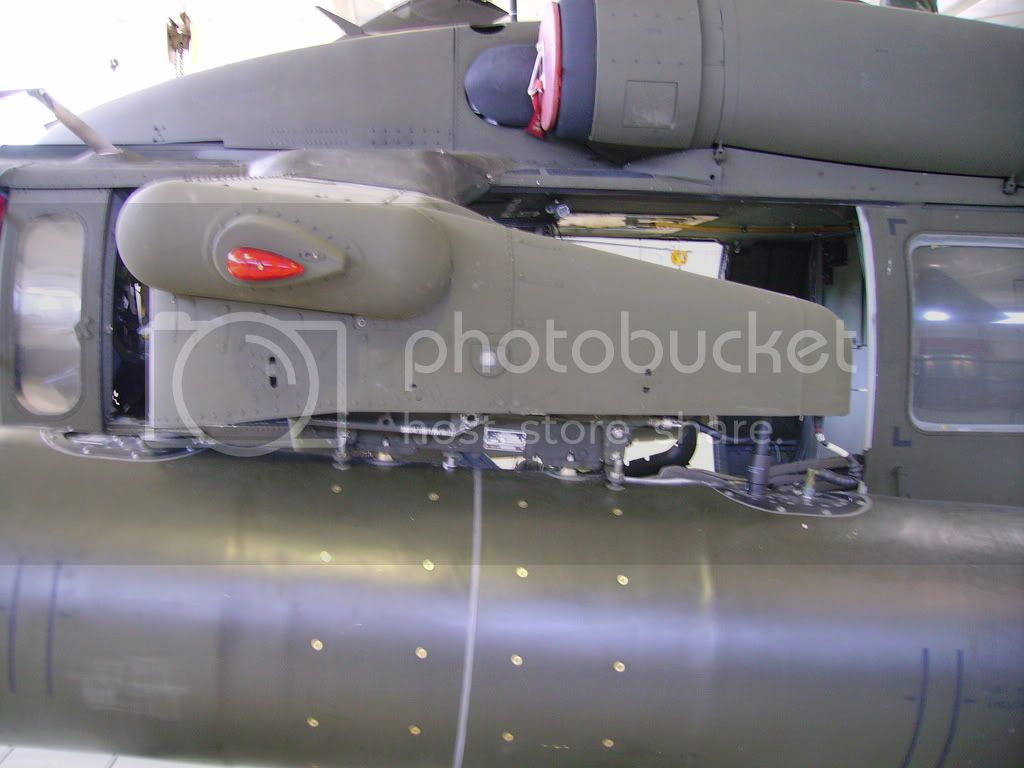

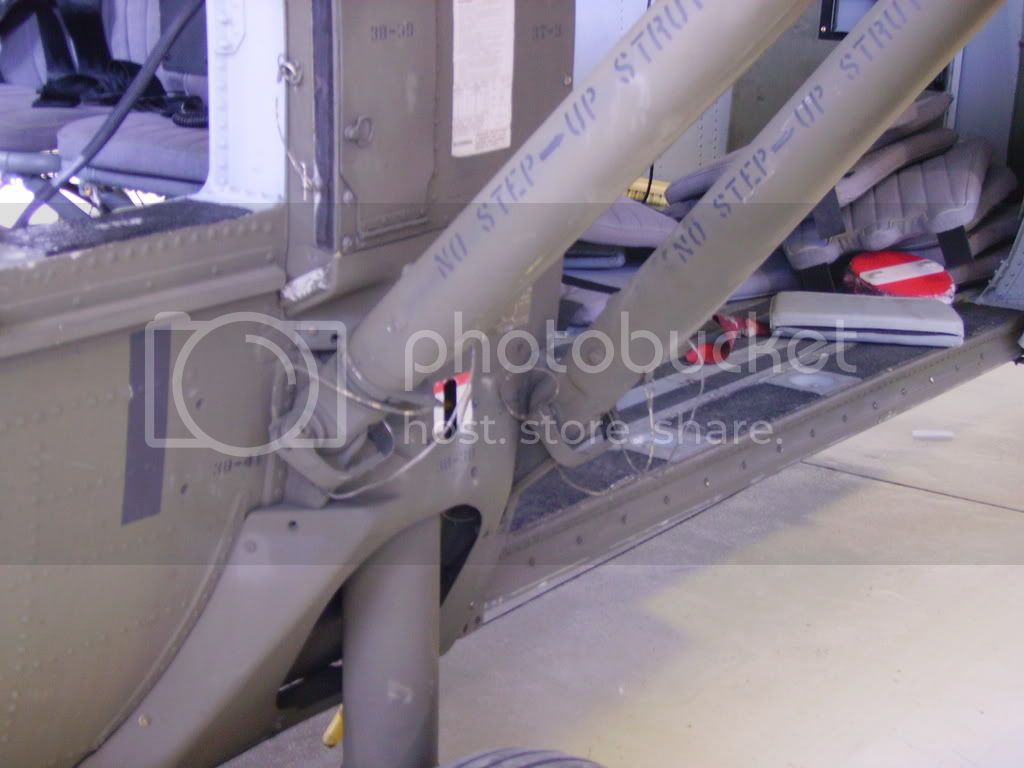
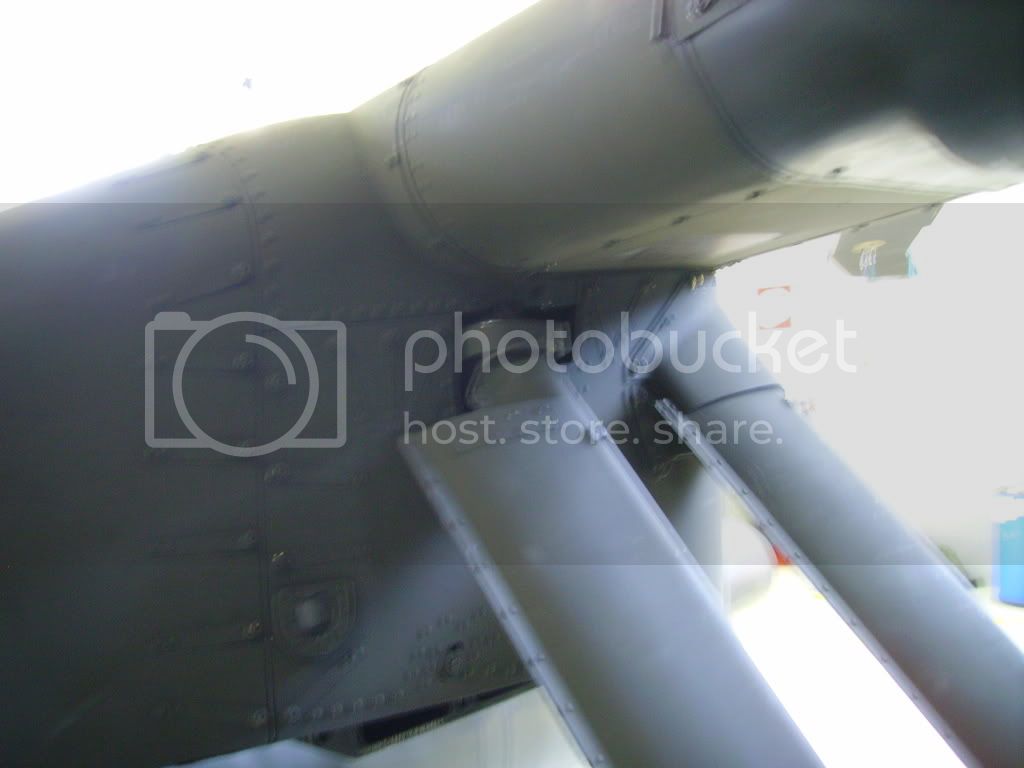
The Army began the external fuel program with the ERFS (Extended Range Fuel System). This system consisted of 230 and 450 gallon fuel tanks and a cockpit control system. The main drawback is the lack of continuity and the chance for mistakes. The crew members had to manually input the amount of fuel in the computer and rely on a fuel flow sensor to subtract the fuel. This allowed for a greater chance of mistakes and entering into a critical imbalanced situation and resulted in several crashes.
Next was the AFMS (Auxiliary Fuel Management System) which consisted of the 230 and 450 gallon tanks modified with a fuel sensor to determine how much fuel was in each tank and a new cockpit control system. Both the ERFS and the AFMS use bleed air from the engine to pressurize the fuel tanks to force the fuel to the engine. The idea of flying around with a pressurized fuel tank waiting to get shot or a potential bomb if the tank had to be jettisoned gave way to the current configuration.
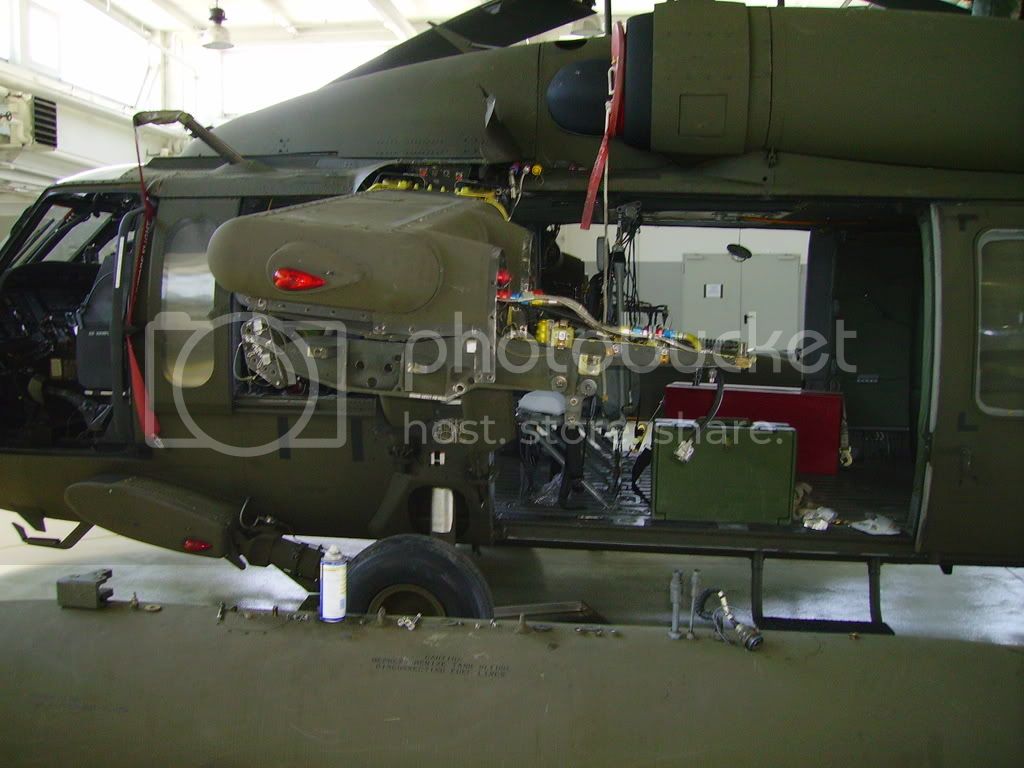
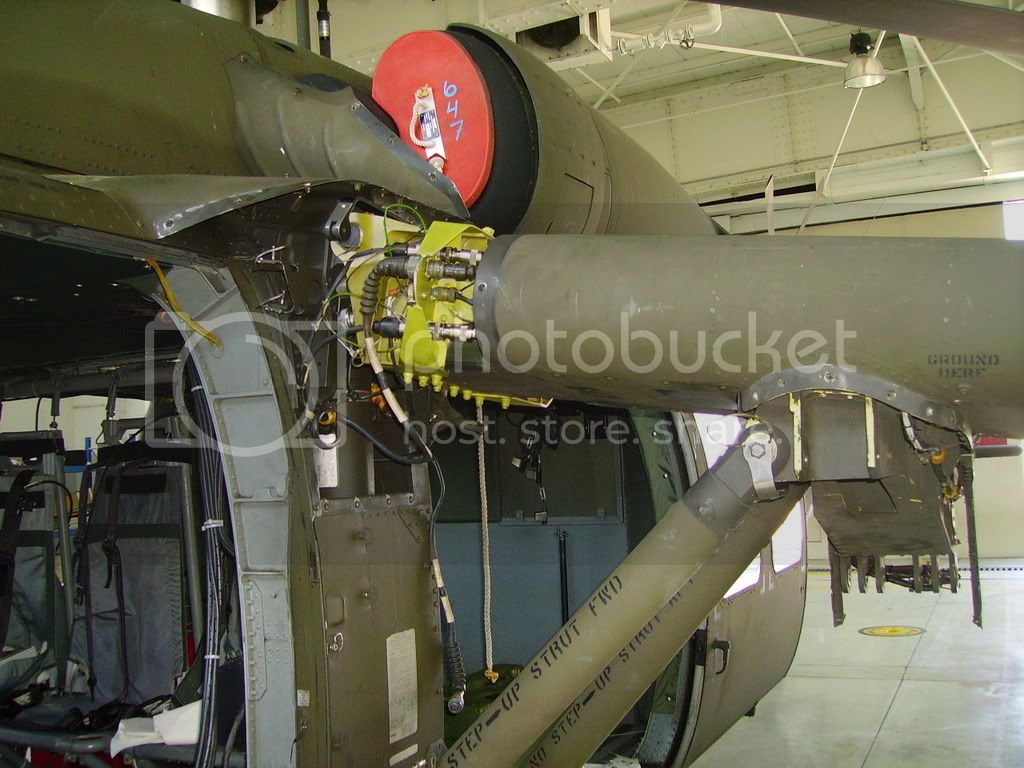
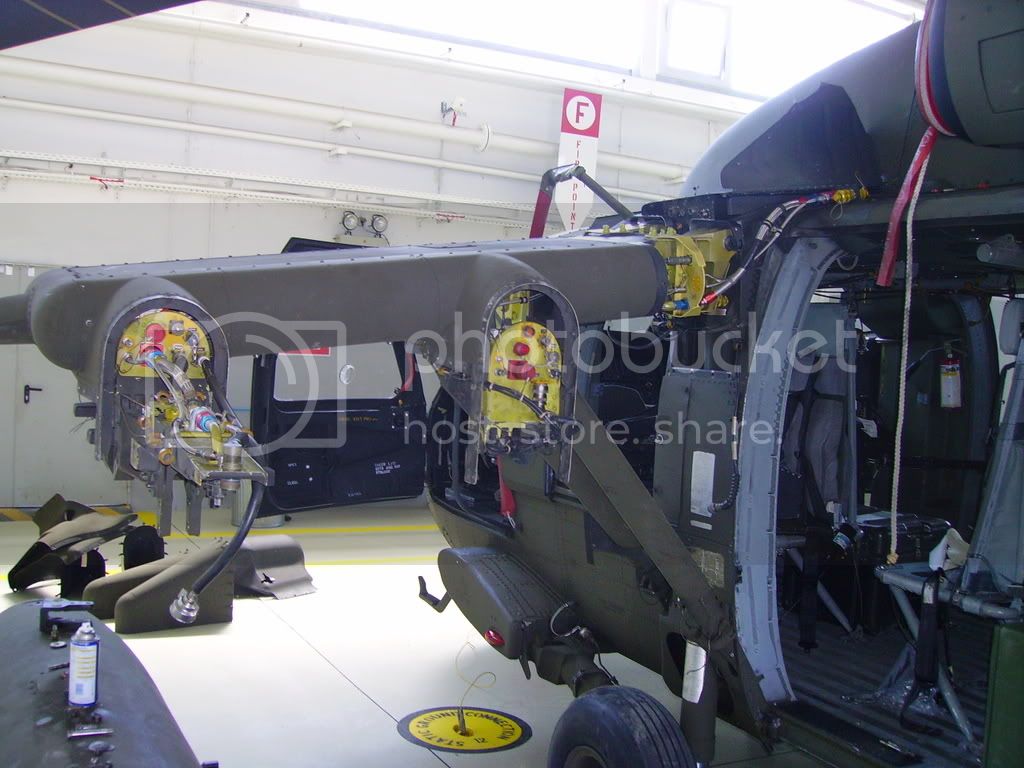
The modern external fuel tank is the CEFS (Crashworthy External Fuel System). The CEFS incorporates an updated cockpit control system and 200 gallon fuel tanks. What makes them “crashworthy” is they have pumps which pump the fuel to the engines and a ballistic liner in the tanks. The pump and liner take up some space and thus we have a 230 gallon tank that only holds 200 gallons now. These are the only external tanks allowed in the desert for obvious reasons.

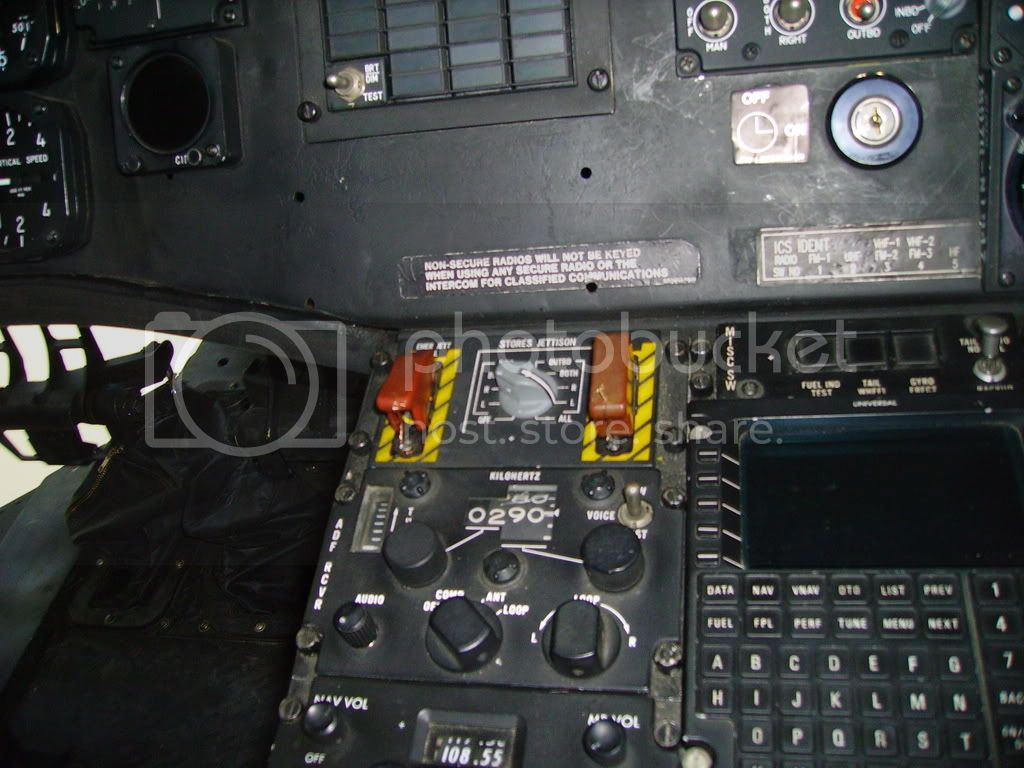
The Jettison pannel on the center consel
Some distinguishing features of an AFMS and CEFS aircraft is the tanks themselves. The AFMS tank has the grounding port on top of the tank and the identity plate on the front of the tank near the nose.
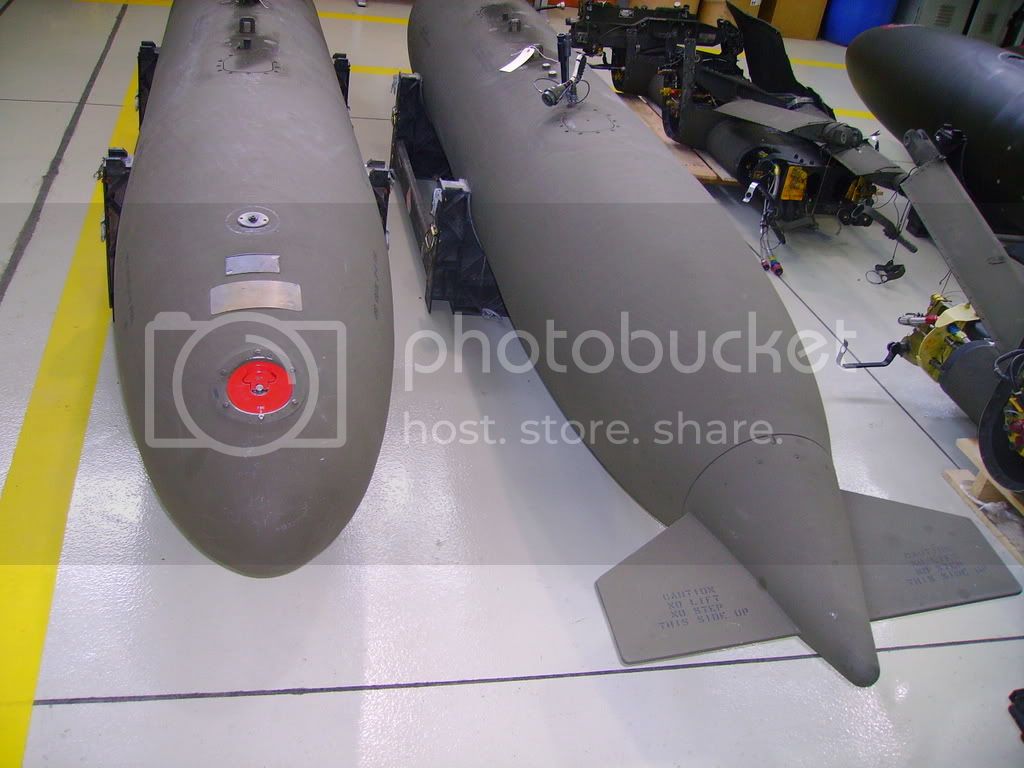
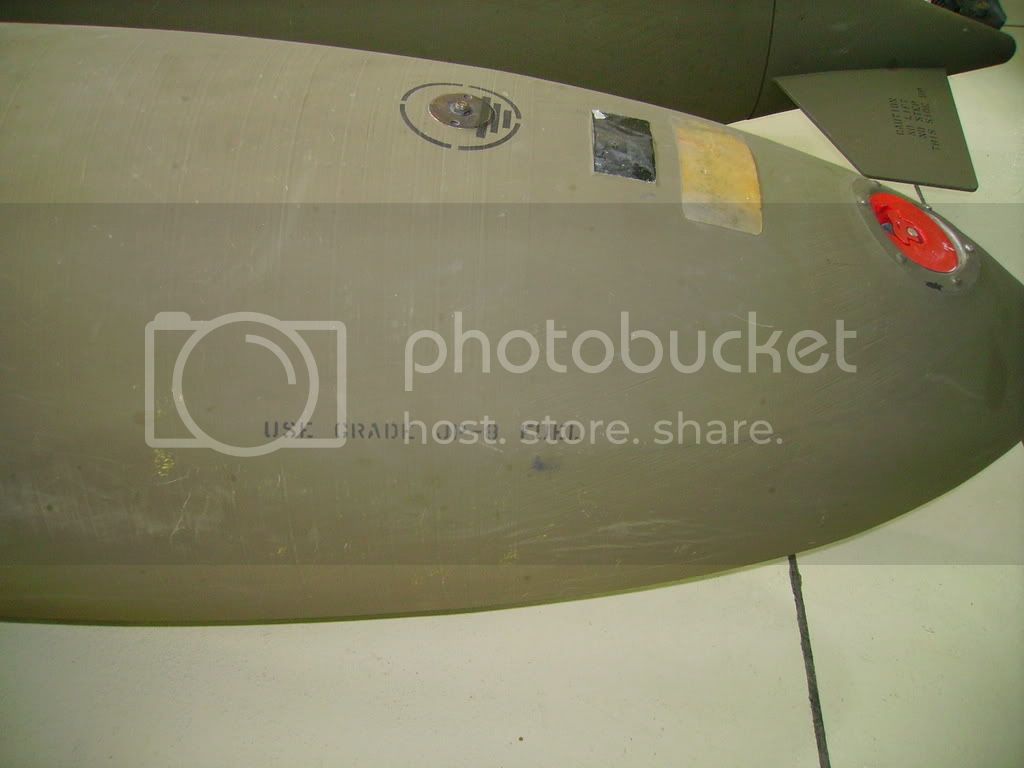
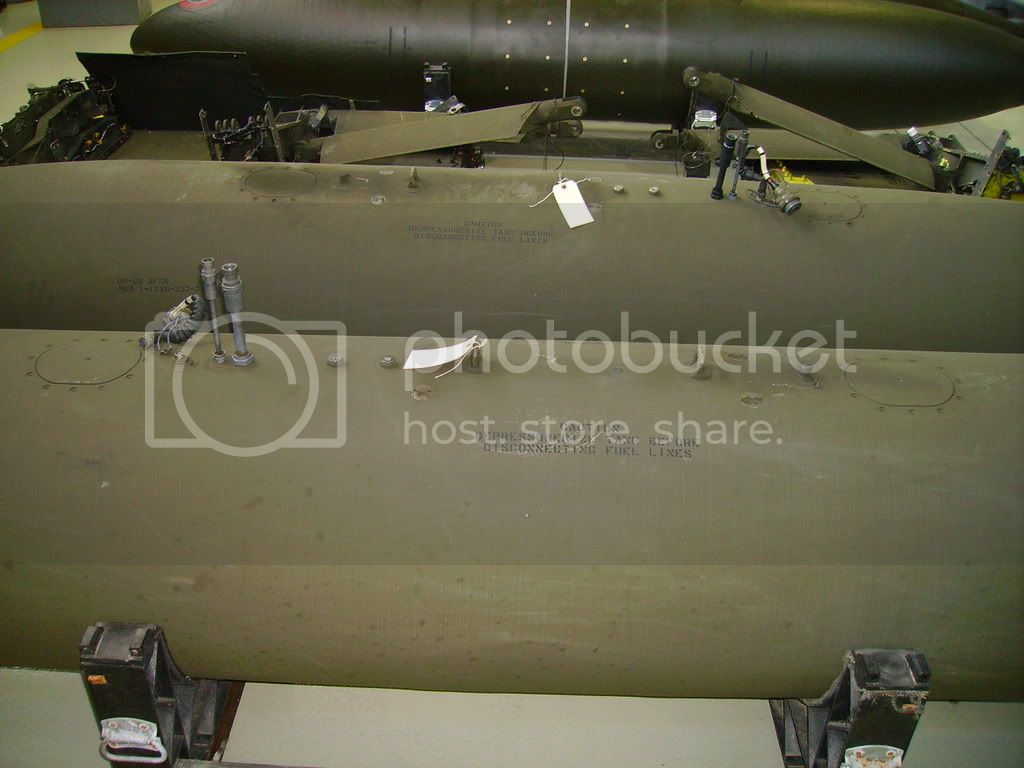
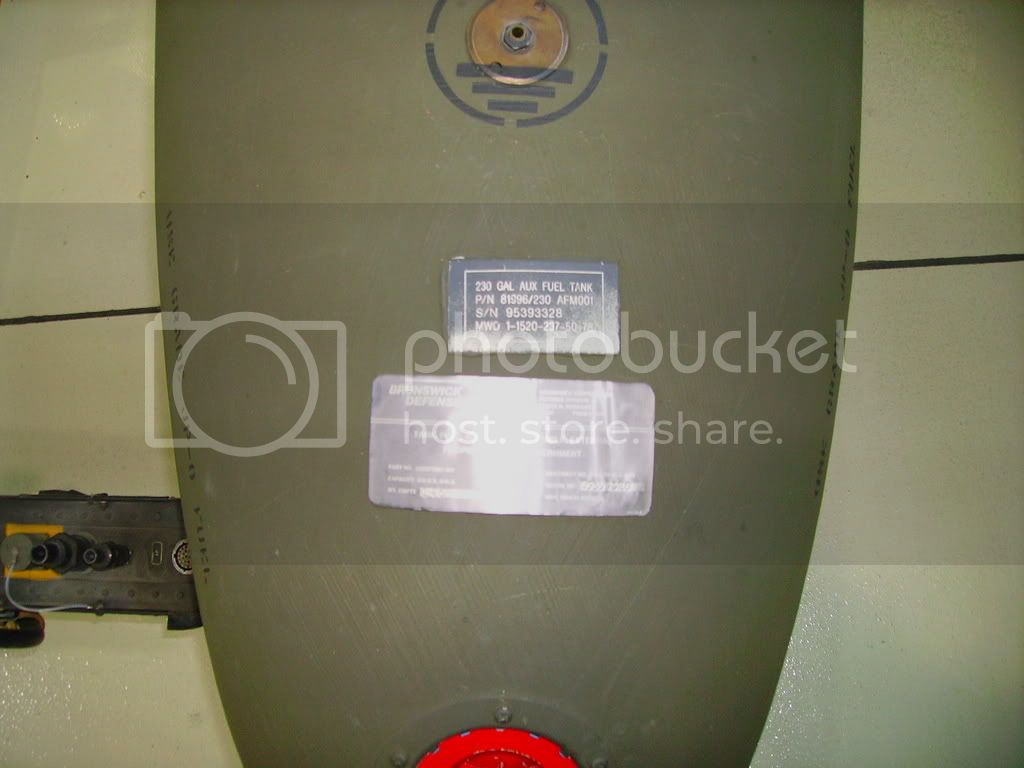
The CEFS tank has a seam where the tank was cut in two to place the pump in it and a series of screws around it. Also the CEFS tank has the grounding port on the nose and markings on the side of the tanks where the lift straps go. The CEFS tanks have the identity plate on top more towards the center of the tank on the depressurization point and a red ring painted around the refuel port.
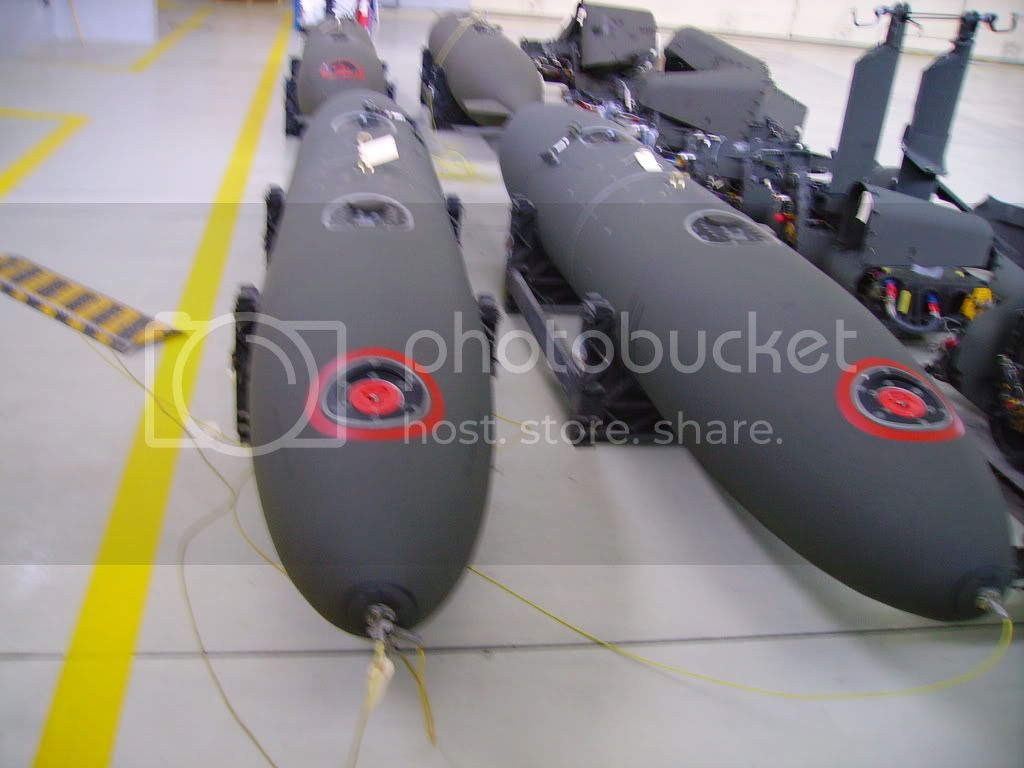
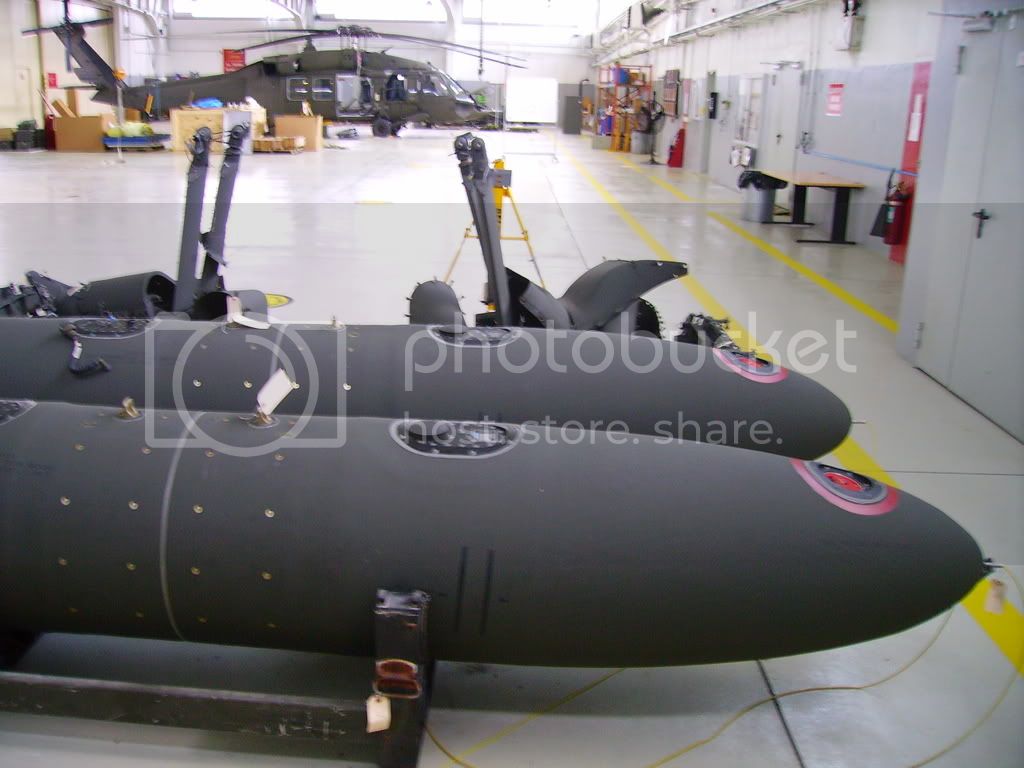


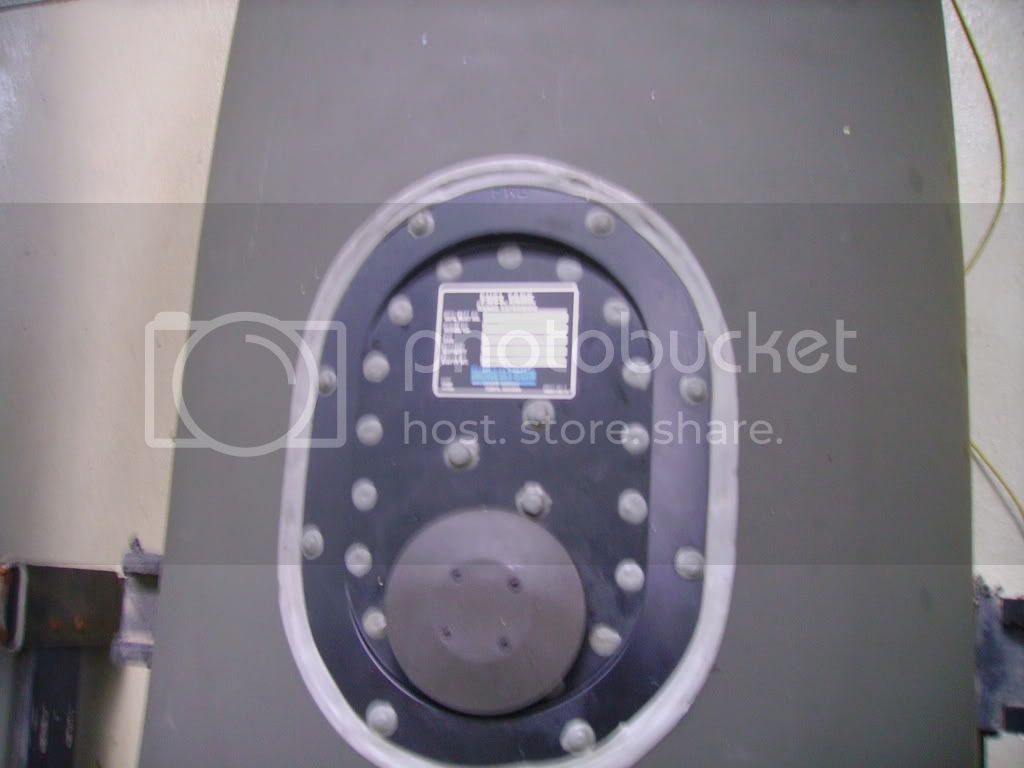
Some key points for building a model with these systems installed is that the tanks are NOT made of metal but of fiberglass so don’t bother with the bare metal there. In fact on the aircraft as a whole if you want some bare metal it should be restricted to the rivets and mainly in an area where there is some contact with other parts. The tanks are “canted” up while on the ground so the help maintain a level attitude when in flight. The fins on the back of the tanks are slightly turned to allow them to fly away from the aircraft if jettisoned. The struts should be compressed a bit more than a “slick” since it’s about 2000 lbs of added weight even without the fuel.
Happy Modeling
Dan












